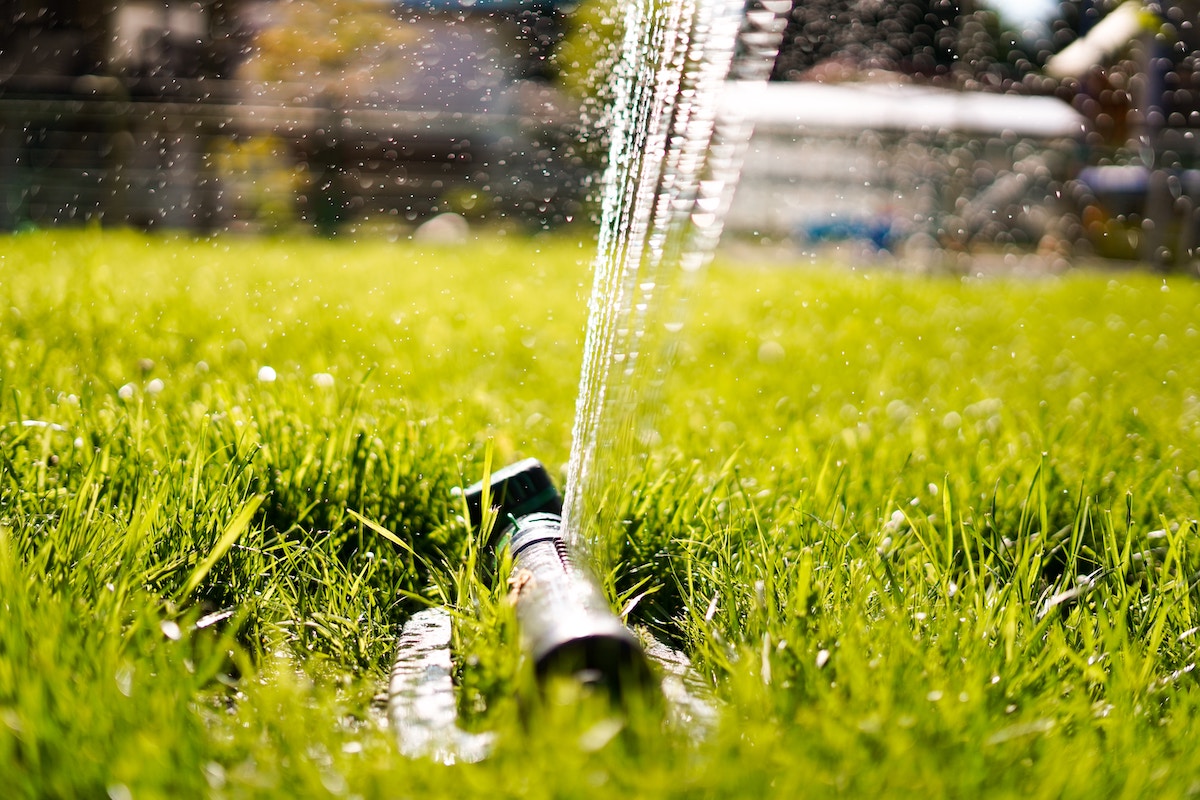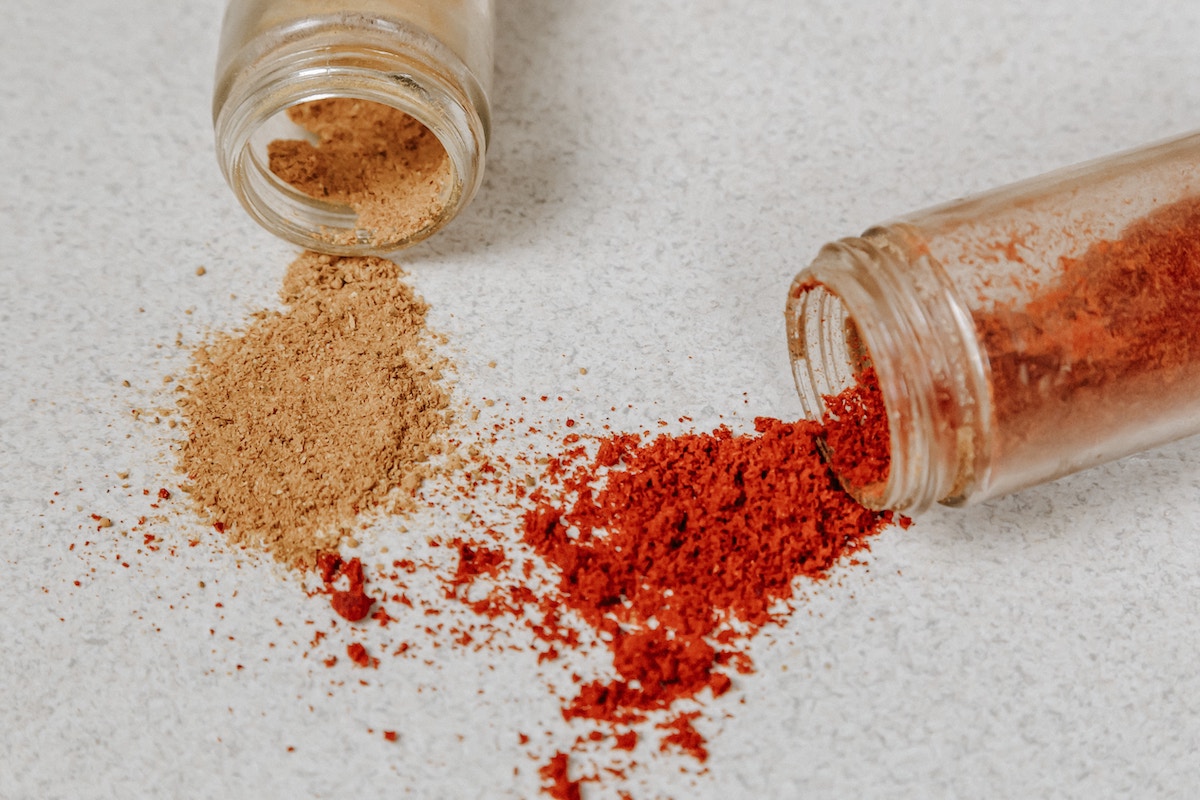Water is the lifeblood of any garden, and how you deliver this essential resource can significantly impact the health and vitality of your plants. With various watering methods available, it’s crucial to choose the right approach to ensure your garden thrives. In this article, we’ll explore the best ways to water your garden, from understanding the needs of different plants to implementing efficient watering techniques that conserve water and promote optimal growth.
Know Your Plants’ Watering Needs:
Different plants have varying water requirements based on factors such as species, maturity, and the local climate. Familiarize yourself with the specific needs of your plants to provide targeted and efficient watering:
- Drought-Tolerant Plants: Require less frequent watering and are well-suited for arid climates.
- Vegetables and Annuals: Generally benefit from consistent moisture, especially during the growing season.
- Established Perennials: Once established, many perennials are more drought-resistant but may still benefit from occasional deep watering.
Water at the Right Time of Day:
Timing is crucial when it comes to watering your garden. The best times to water are in the early morning or late afternoon:
- Early Morning: Watering in the morning allows plants to absorb moisture before the heat of the day. It reduces the risk of fungal diseases and water evaporation.
- Late Afternoon/Early Evening: Evening watering gives plants a chance to absorb water before the cooler nighttime temperatures. Avoid watering late at night to prevent prolonged moisture on plant leaves, which can lead to fungal issues.
Use Efficient Watering Systems:
Choose watering systems that distribute water effectively while minimizing waste. Some efficient options include:
- Drip Irrigation: Delivers water directly to the base of plants, reducing evaporation and minimizing water on foliage. Ideal for vegetable gardens and flower beds.
- Soaker Hoses: Similar to drip irrigation, soaker hoses release water slowly along their length, ensuring deep and consistent soil moisture.
- Sprinklers with Timers: Use oscillating or rotating sprinklers with timers to cover larger areas evenly. Set timers to avoid overwatering.
Watering Depth Matters:
Encourage deep root growth by watering your plants to the appropriate depth. Shallow watering can result in weak root systems:
- Established Plants: Water deeply to a depth of 6-8 inches for shrubs and trees. This promotes healthy root development.
- Lawns: Water lawns to a depth of 6 inches, encouraging grass roots to grow deeper and withstand drought conditions better.
Mulch for Moisture Retention:
Mulching is a simple yet effective method to retain soil moisture and reduce water evaporation. Apply a layer of organic mulch, such as straw or wood chips, around plants:
- Mulch Thickness: Maintain a 2-4 inch layer of mulch to help regulate soil temperature and prevent moisture loss.
- Weed Control: Mulch suppresses weed growth, reducing competition for water resources.
Water Conservation Practices:
Conserve water by adopting mindful practices in your garden:
- Rain Barrels: Collect rainwater from gutters in barrels to use for watering. It’s an eco-friendly way to harness nature’s contribution.
- Group Plants with Similar Needs: Arrange plants with similar water requirements together to streamline your watering routine.
- Regular Inspection: Monitor your garden for signs of overwatering or underwatering, adjusting your watering schedule accordingly.
Adjust for Seasonal Changes:
Recognize that your garden’s water needs will vary with the seasons:
- Spring and Fall: Generally, plants require less water during these seasons due to cooler temperatures and increased humidity.
- Summer: Be vigilant about watering during hot summer months, adjusting frequency based on weather conditions.
Nurturing Growth with Precision
Watering your garden is an art that requires understanding the unique needs of your plants and implementing efficient watering practices. By adopting targeted watering methods, choosing the right time of day, and utilizing water-conserving techniques, you’ll not only nurture healthy growth but also contribute to sustainable gardening practices. Embrace the role of a diligent gardener, and watch your garden thrive with the care it deserves. Happy gardening!





